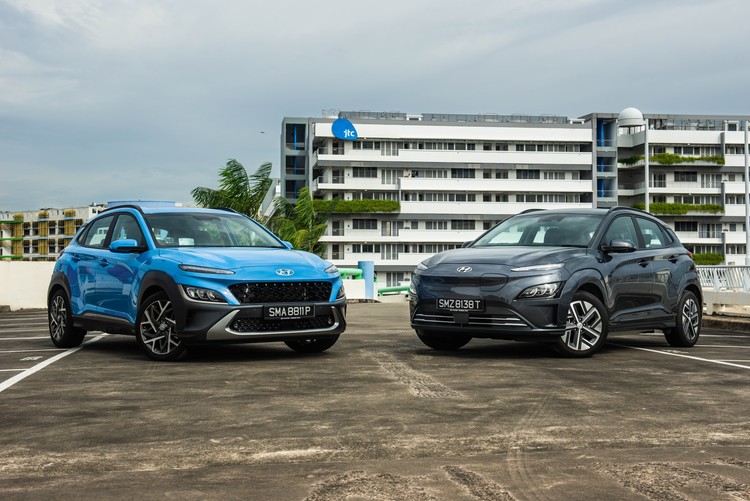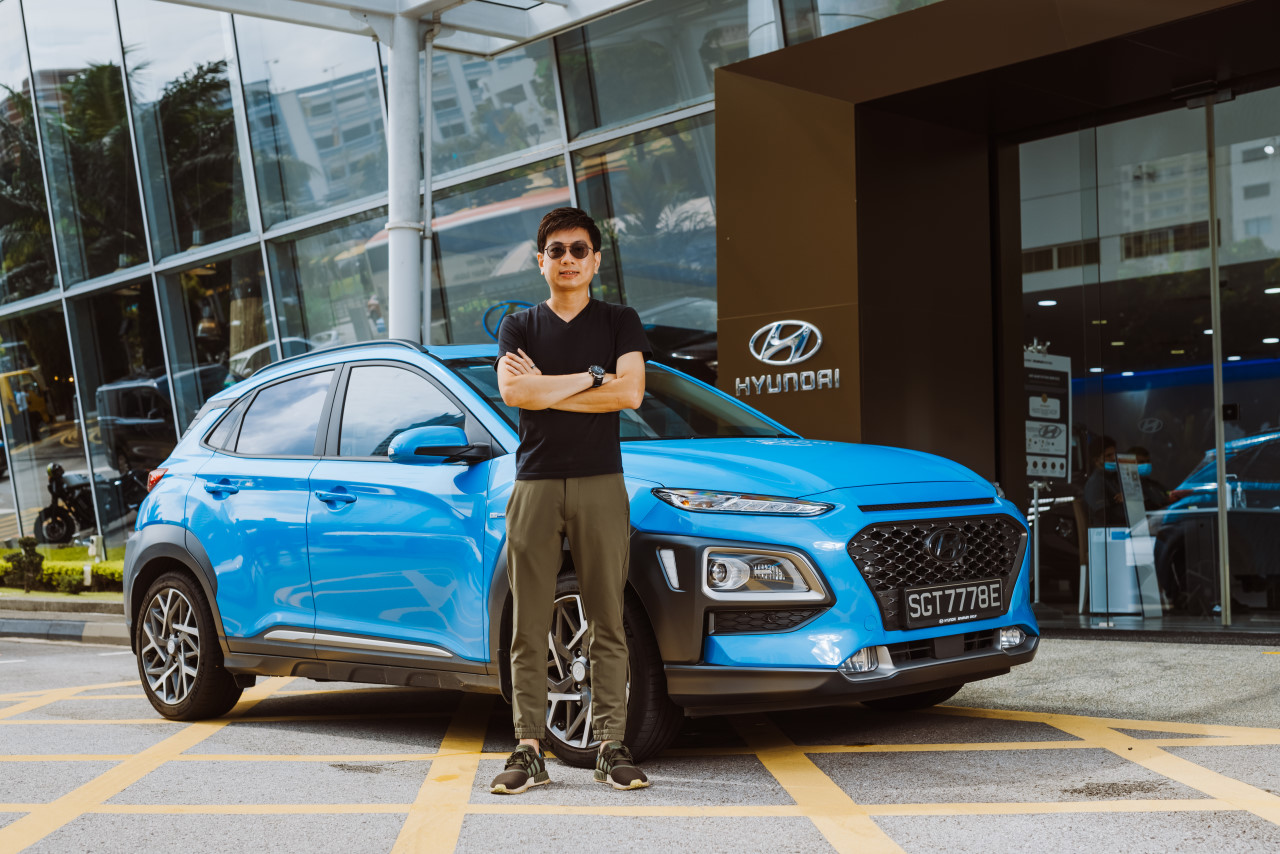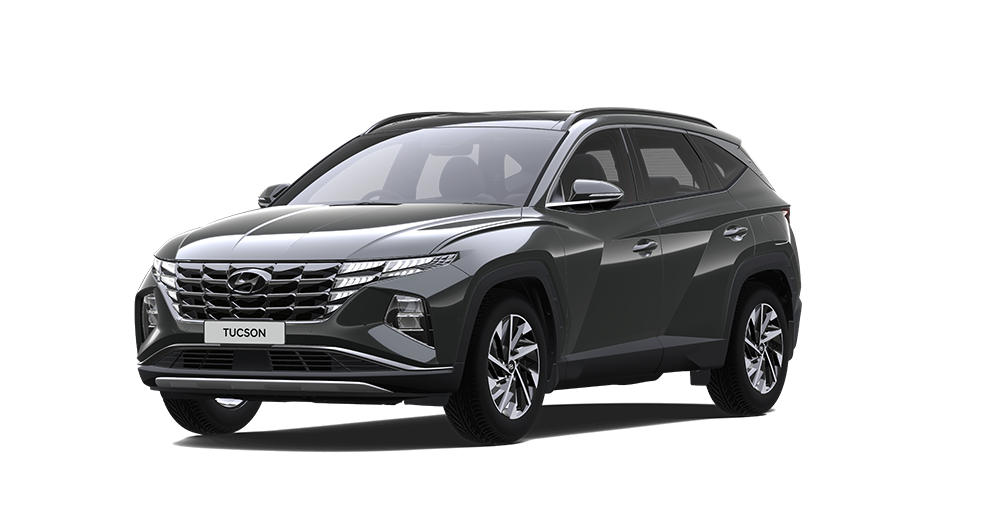Launched: 2024 – Price: $186,888
Five-door, SUV, five seats
135hp 225Nm, single motor electric drive, 12.1kWh/100km
456km range
Pros
✔ Drives beautifully
✔ Sunroof model is well-equipped
✔ Plenty of active safety equipment
Cons
✘ Styling can be a put-off for some
SINGAPORE
When Hyundai first introduced the first-generation Kona, it was offered with a whole slew of power options. At one end of the B-segment SUV’s model range, we had a 1.0 3-cylinder turbo, fused to a six-speed manual transmission, which was heaps of fun to drive. There was also a higher-powered turbocharged 1.6-litre variant, which somehow had a little bit of hot hatch DNA dialled into it. And then, there were also the more familiar “greener” cars – a hybrid and a battery-electric option. Today, the small SUV is now only offered as a hybrid and an EV.
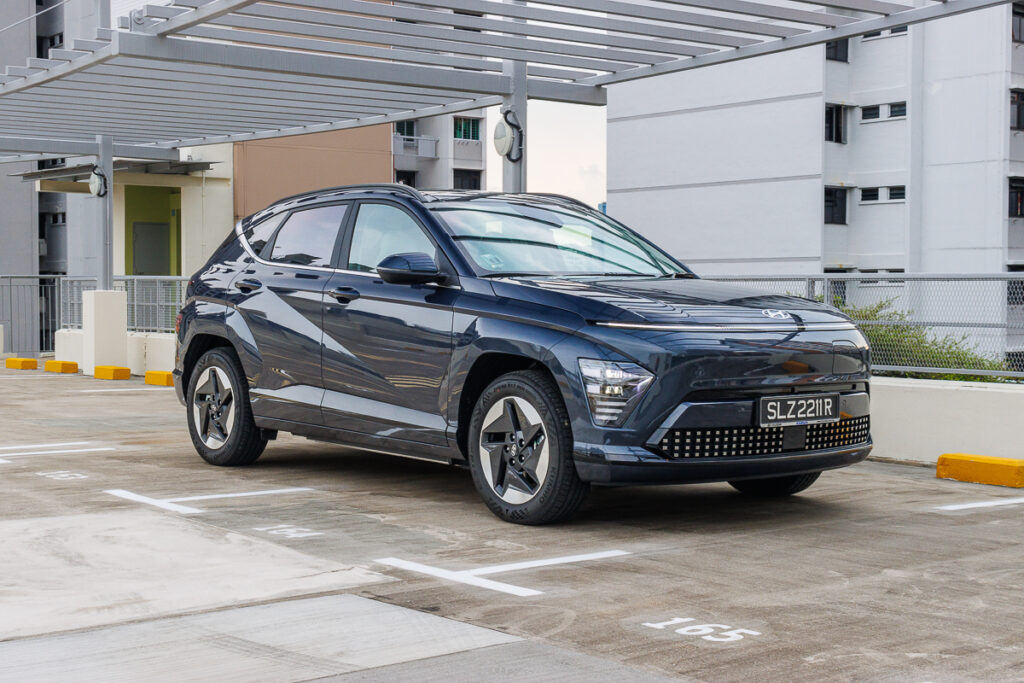
Visually, the Kona carries-over some of the styling elements found in their current lineup. The light strip in the front, which spans across the width of the car for instance, was first seen on the Staria MPV; while the pixel motif in the front and rear, denoting that this is an electric vehicle, can also found on vehicles like the IONIQ 5 and IONIQ 6.
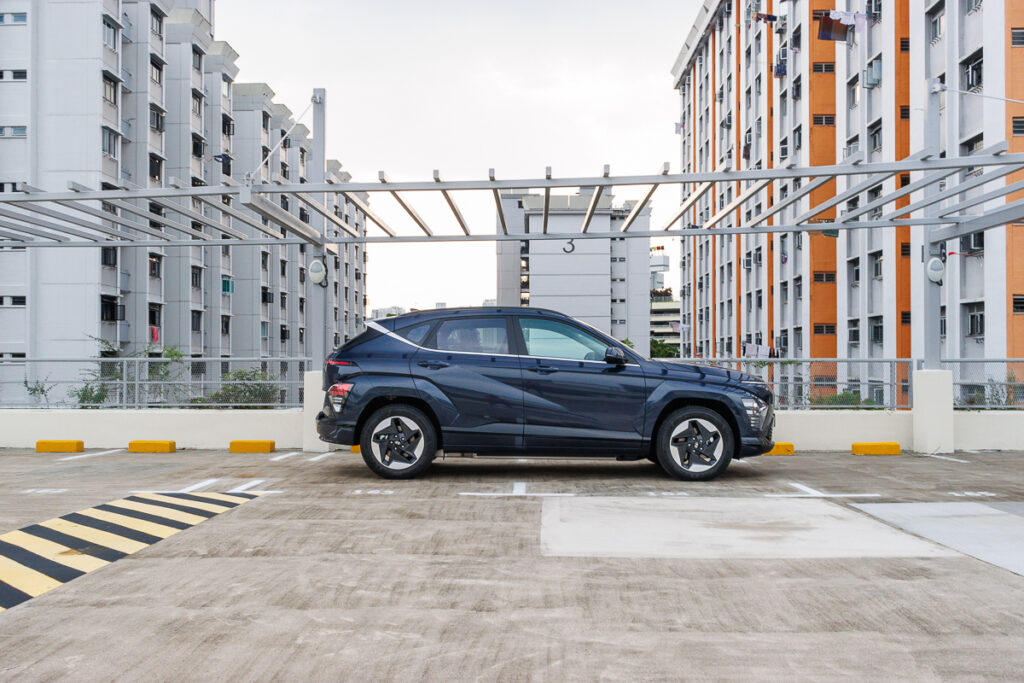
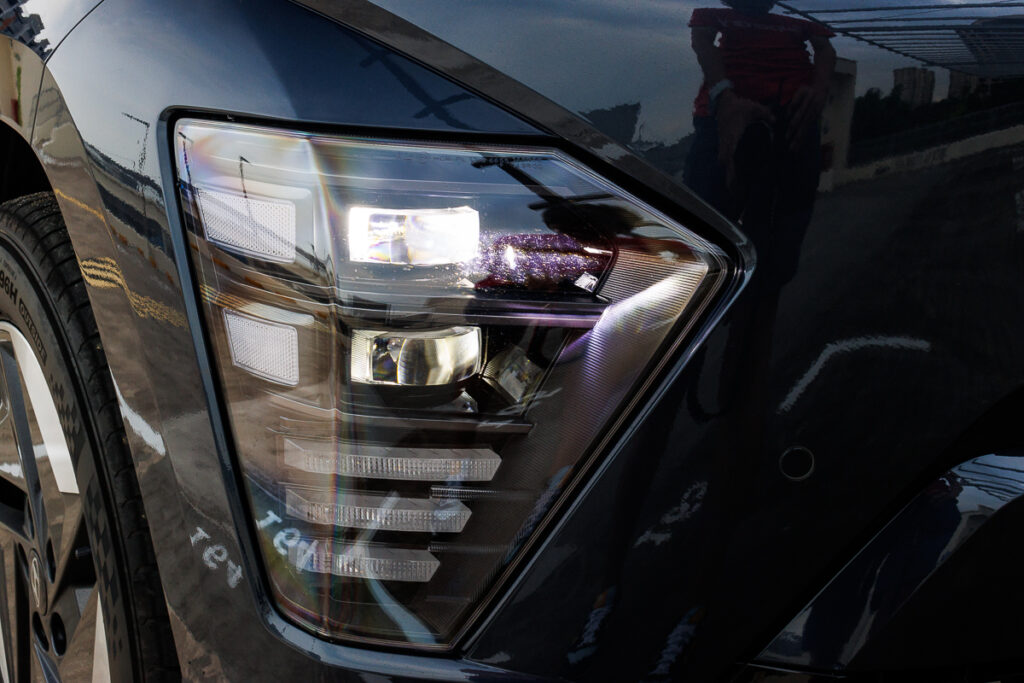

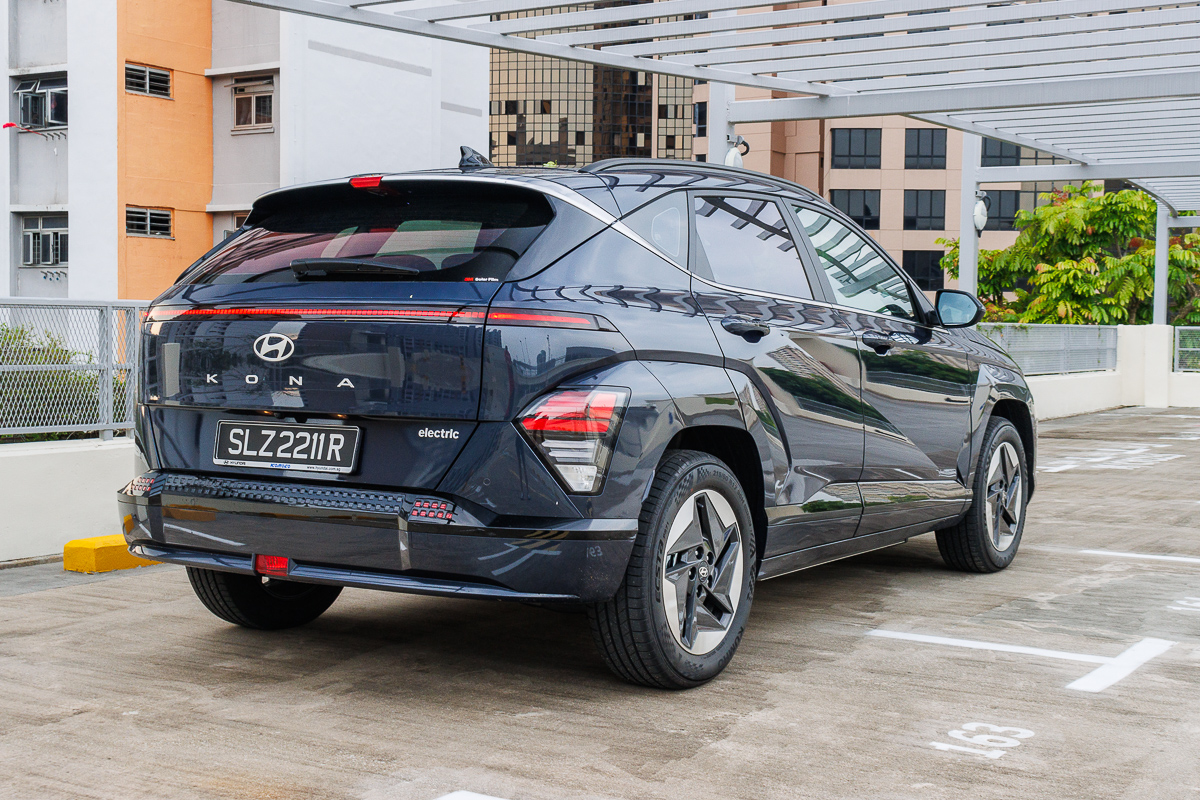
While I find the Kona’s exterior styling to be quite polarising, in contrast, I feel one will appreciate that the interior is as sensible as it is cleverly-packaged. If you like your cars well-equipped, Komoco sells two variants of the Kona EV; with the Sunroof variant being the one decked out with creature comfort and convenience features, that could put some Premium Compacts to shame. I do appreciate that Hyundai has had its ear on the ground, since interior quality has vastly improved, over the previous car.

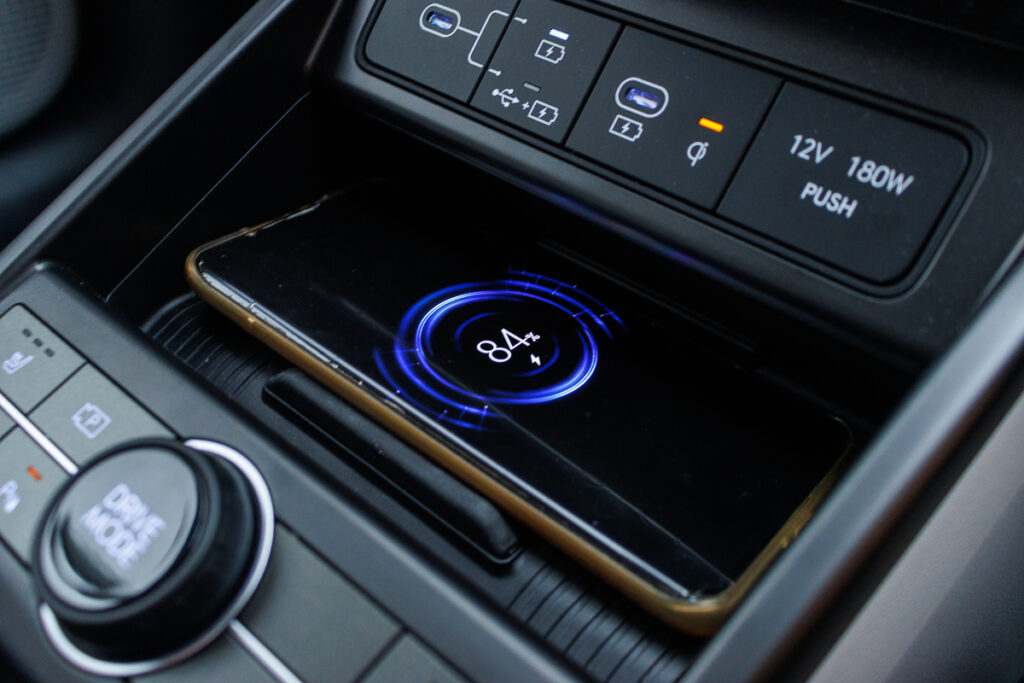


The new dashboard features clean lines and is less organically-sculpted than the car it replaces. But while it looks more futuristic, it is actually extremely practical in design. Of-course we also need to have a double LCD screen which spans from the driver’s side to the middle of the dash, à la small Mercedes-Benz, because…
With many brands reducing their button count on the dashboards, Hyundai has still stuck to their guns, and have ensured that a good number of physical buttons have been retained. This is a huge plus, since I do appreciate that it is not only easier to access the car’s various functions, but for owners with poorer eyesight, they have an easier time making out which is what, and what is where.
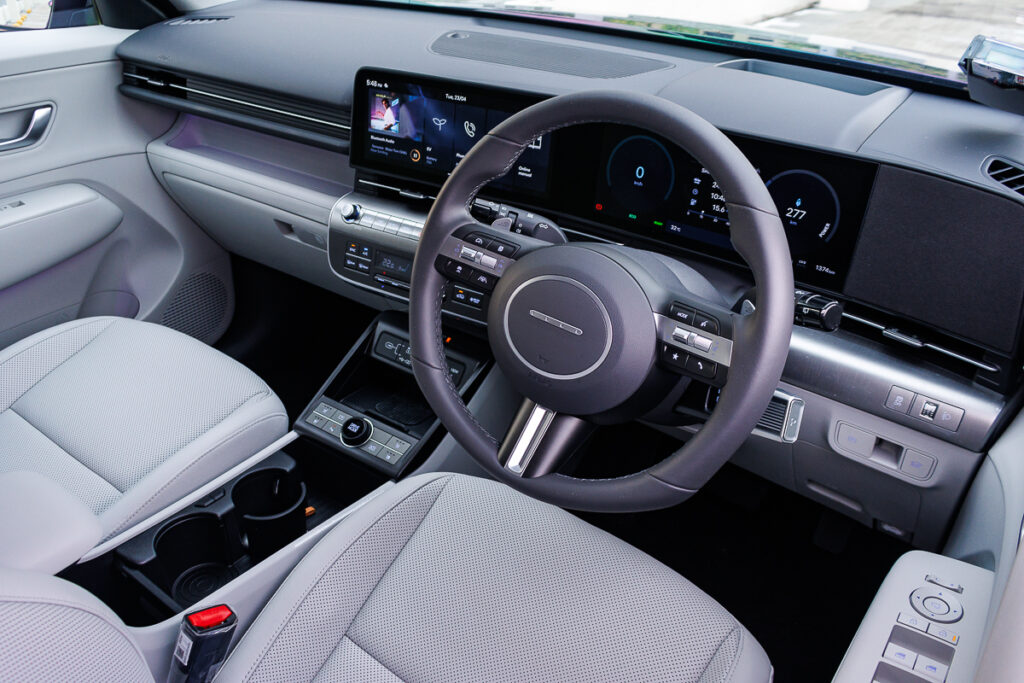
The infotainment is relatively easy to navigate, with most functions being easy to find. I am also glad that Hyundai has kept the air-conditioning controls and display separate from the infotainment screen too, which is a plus.
Other premium equipment things found on the Sunroof-ed Kona include a wireless charging pad, which sits below the USB-C ports, heated/ventilated front seats and a powered driver seat. Additionally, a windshield-projected head-up display (HUD) makes for easier referring to drive information. You also benefit from the convenience of a Smart Power Tailgate, where you can pre-set its height.
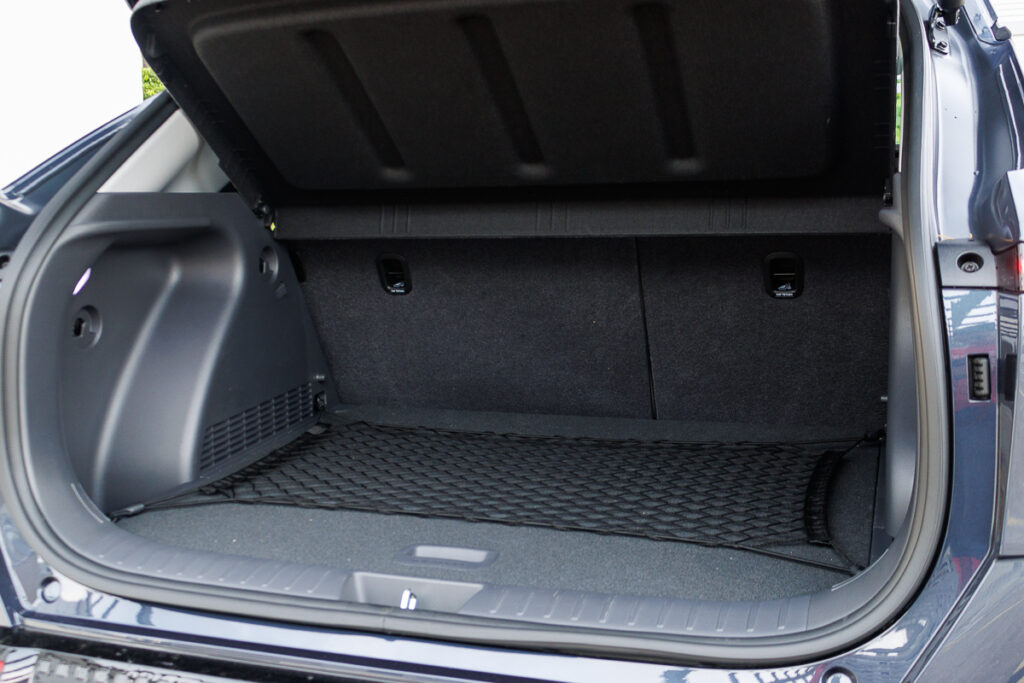
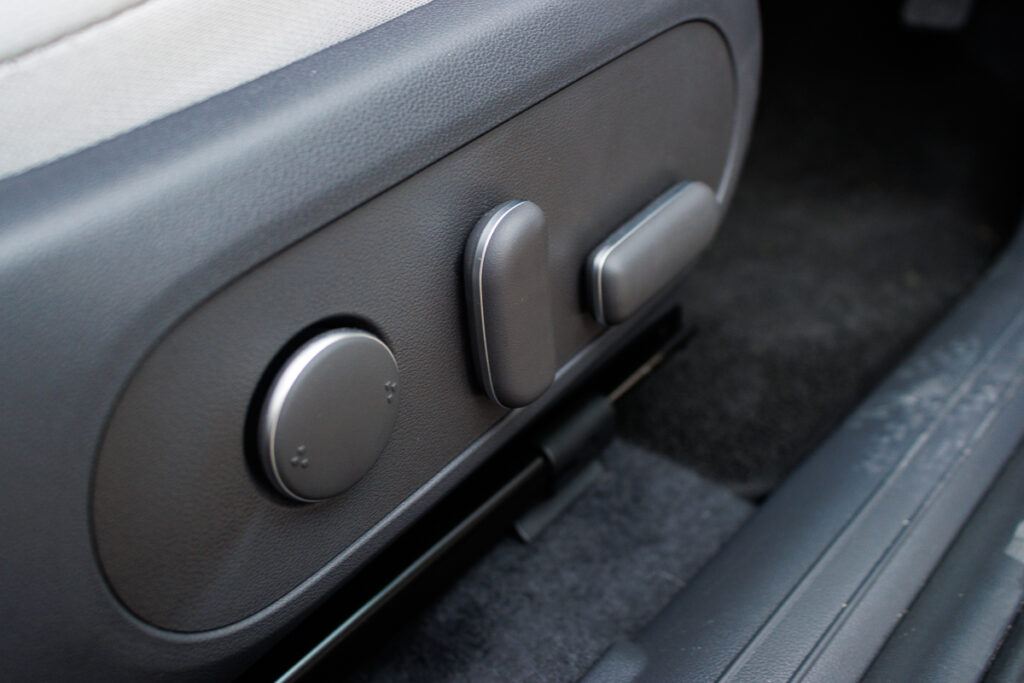

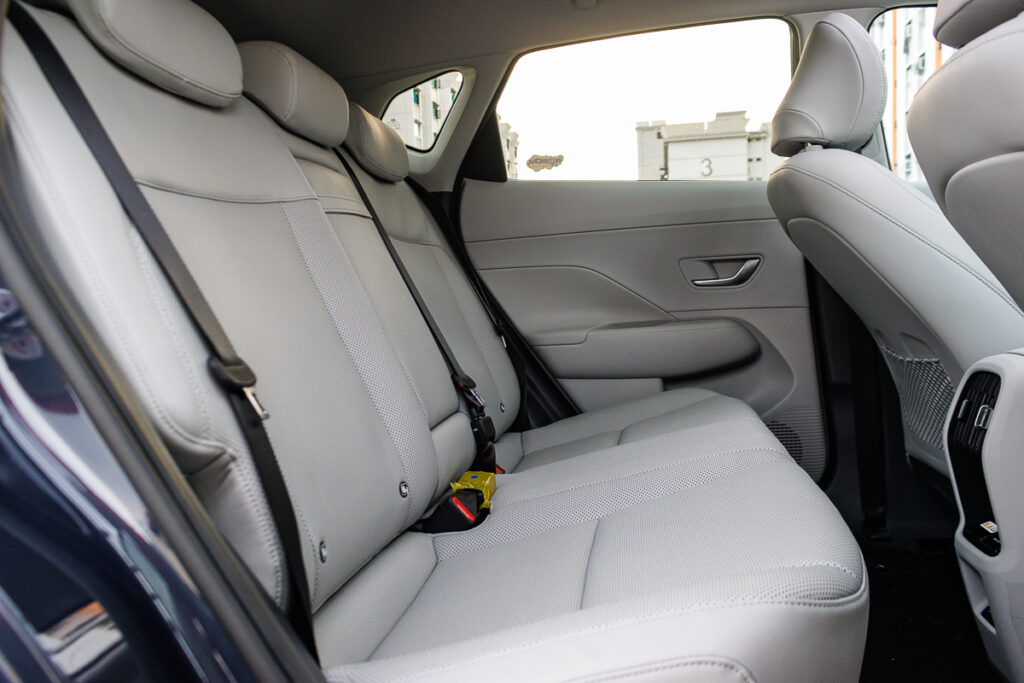
The new drive shifter which sits on the steering column, similar to the ones found on the IONIQ 5 and 6, frees up space where the centre console is at. Over here, between you and your front passenger, you can stow away the twin cup holders, and expand the storage capacity rearward – which to me, is an ideal place for ladies handbags.
Overall, the interior to me is impressive. It feels better screwed-together than the first-gen car, having way less loose-ends and questionable plastics.
There’s also more room at the rear for two adult passengers, as Hyundai has lengthened the Kona’s wheelbase by 60mm, and with some clever packaging, they have increased rear leg space by 77mm. Headroom too has also gone up by 11mm, so taller occupants are less likely to get a hair restyle from the roof lining.
It has a larger boot at 466-litres, that can be expanded to 1,300-litres, with the rear seats folded. Since it is an EV, it also has an additional 27-litres of storage, located in the frunk, which seems an ideal place to stow a foldable picnic mat.
How does the electrified Kona drive?

Quite beautifully if you ask me. I appreciate that Hyundai have kept paddle shifters as the means for you to adjust the level of regenerative braking you need. Over here, they have set it up with three levels of re-gen, and a one-pedal drive mode. Additionally, if you prefer like I do, you can even fully turn off the regenerative braking altogether, so that you glide effortlessly, once you lift off the accelerator… all this without the kinetosis-inducing lurches often associated with driving with the re-gen on… you hear that Elon Musk?
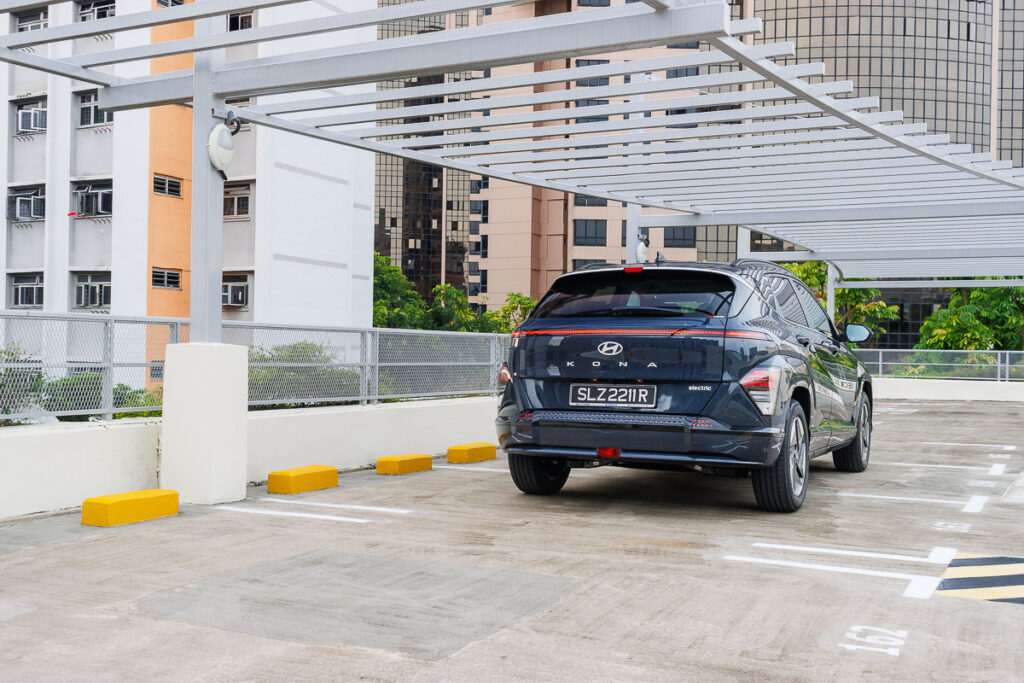
Overall, the Kona EV delivers a fuss-free drive like I believe it should. This Standard Range test car produces 135hp and 255Nm, and is fed by a 48.6kWh battery. Maximum range is rated at 456km (which I feel is acceptable), and it has a lab-tested combined efficiency of 12.1kWh/100km. As for me, I attained 15.2kWh/100km, due to a heavier right foot, and the need to stop for photos.
To the credit of the handling department, the Kona EV steers pleasantly around turns. It displays a certain poise, while still delivering sufficient comfort – something which I find often lacking in one way or another, in some of its class (or near class) equivalents.
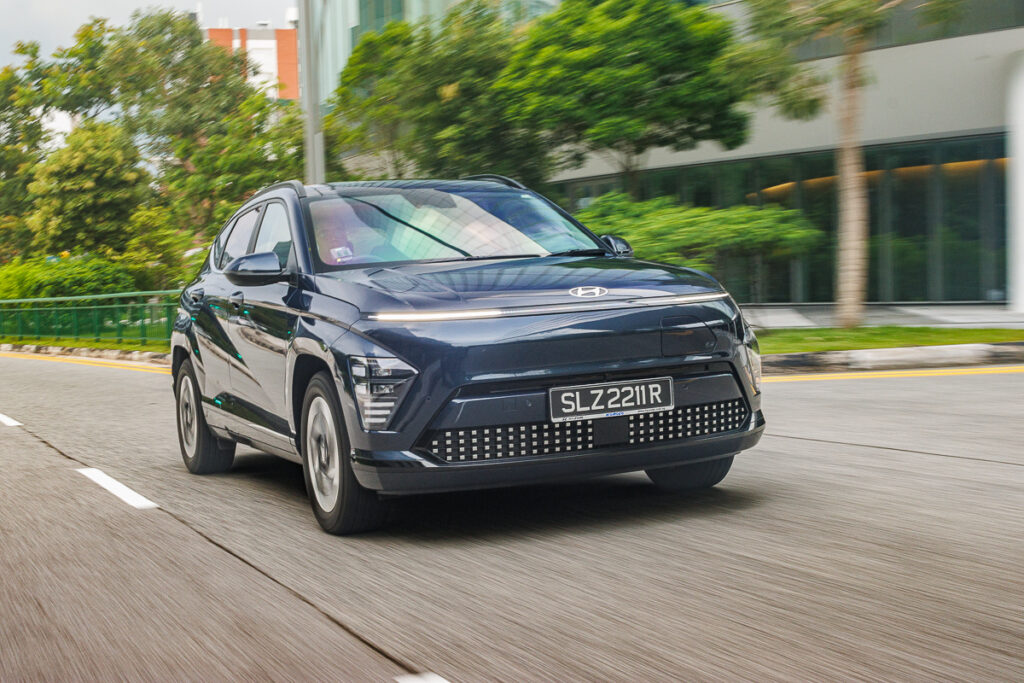
Adding to driving safely and confidence, the Kona Electric is equipped with Smart Cruise Control (SCC), and within the same suite of tech, includes Lane Keeping Assist (LKA) Lane Following Assist (LFA), Blind-Spot Collision-Avoidance Assist (BCA), and a whole lot more. As for me, apart from the Rear Cross-Traffic Collision Avoidance Assist (RCCA), which monitors the rear, and reacts where necessary when you are backing the car, I tend to find the plethora of active safety features a little too intrusive for my liking. “BONG!”
While the second-generation Kona Electric comes well-equipped, in a time of high-trending COEs, it is still priced competitively. However, the market is more crowded today, than when the first-generation Kona EV hit our streets. Buyers simply have more similar size and price EVs to choose from, with vehicles like the BYD Atto 3, Citroën ë-C4, recently facelifted Peugeot e2008, and newer entrants like the GAC AION Y Plus, putting up serious competition.
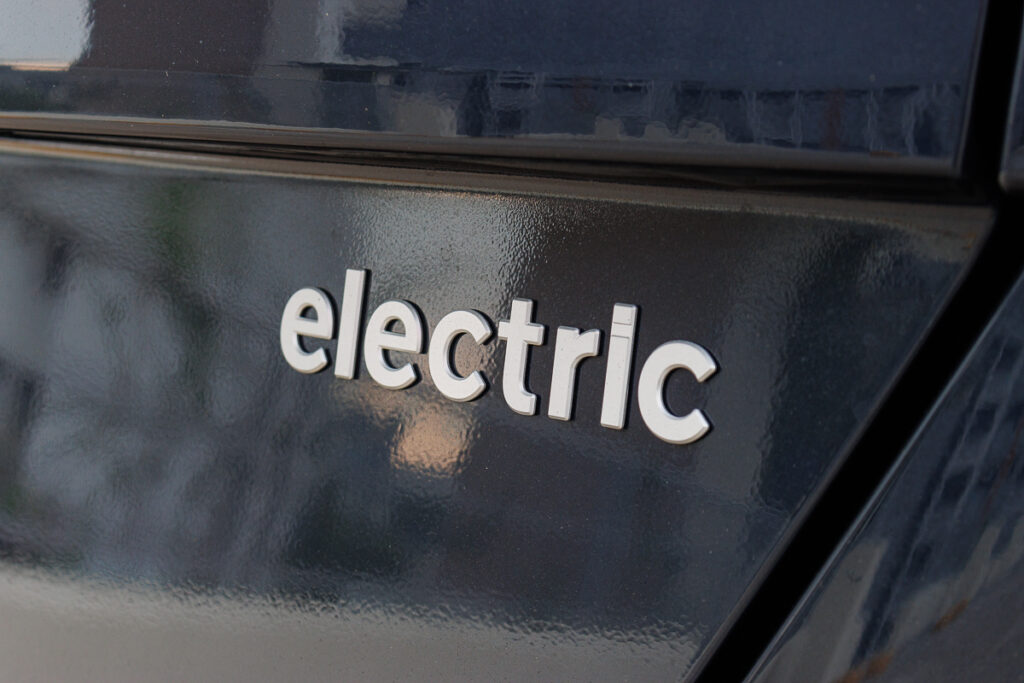
Technical Specifications
2024 Hyundai Kona Electric Sunroof
Drivetrain type: Full Electric
Electric Motor / layout: Single Motor, Front Drive
Motor power / torque: 135hp / 255Nm
Battery type /net capacity: Lithium-ion / 48.6kWh (net)
Normal Charge Type / Time: 11kW AC / 5.25 hours
Max Fast Charge Type / Time: 350kW DC / 43 mins
Electric Range: 456km
0-100km/h: 9.9 seconds
Top Speed: 162km/h
Efficiency: 12.1kWh/100km
VES Band: A1 / -S$25,000
Agent: Komoco Motors
Price: S$186,888 with COE and VES
Availability: Now
Verdict:: Hyundai’s small electric SUV might just be all the EV you need… if you wanna go electric lah.
Read the full review here: https://carbuyer.com.sg/2024-hyundai-kona-electric-sunroof-review-are-you-kona-go-my-way/

